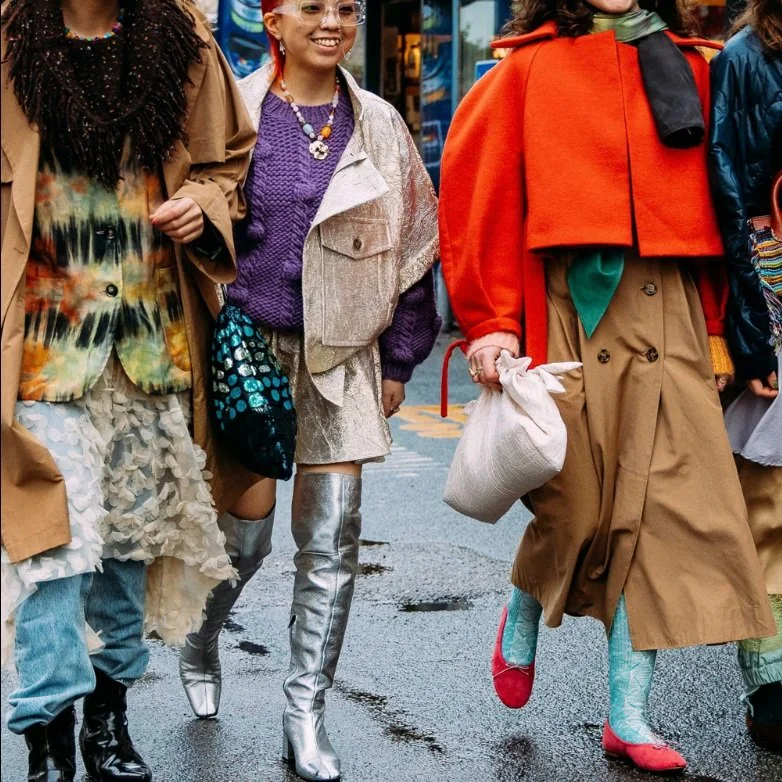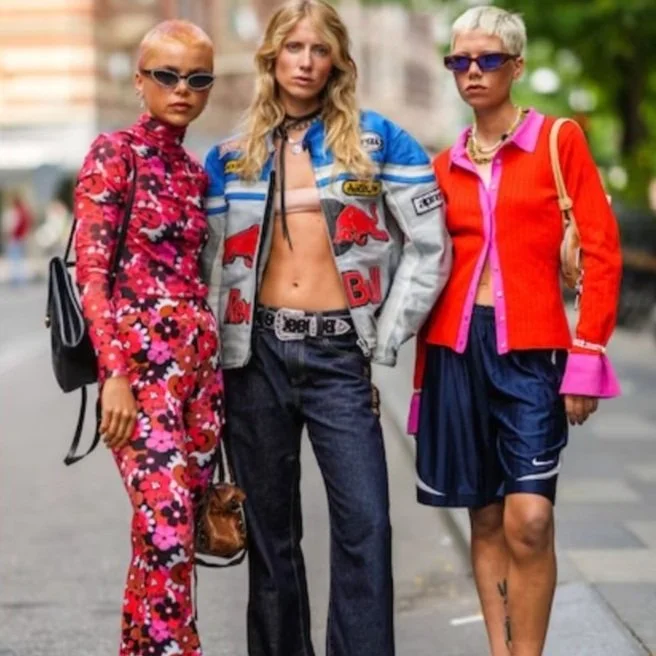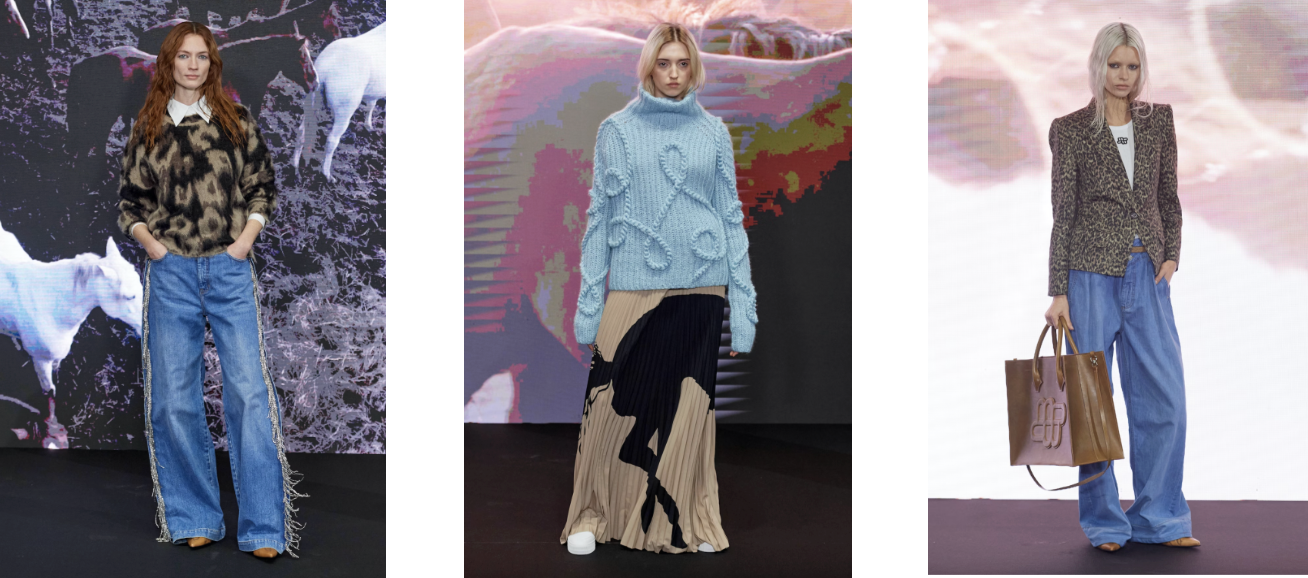Copenhagen Fashion Week: The Forefront of Sustainability
Written by Lenah Helmke
The global phenomenon of fashion week shuts down iconic fashion capitals, New York, Milan, London and Paris, twice a year in preparation to exhibit seasonal collections.
This season, however, attention has expanded north. Copenhagen Fashion Week, founded in 2006 with the intention to celebrate small Scandinavian designers, has taken flight. Under the leadership of Cecilie Thorsmark, chief executive of Copenhagen Fashion Week since 2018, the organization has implemented extensive steps to further their sustainable practices and give a space for new designers to showcase their designs.
The organization is partnered with In Futurum, a local, sustainable consultant group. Starting in 2020, the partnership created a three-year plan to work toward their sustainable goals–proving to be miles ahead of any other cities' efforts.
“That is why Copenhagen Fashion Week aspires to LEAD BY EXAMPLE by not only being an inspirational fashion event but an organization that addresses sustainability holistically for us as well as the brands and partners we work with,” states the official sustainability requirements.
For a brand to be a part of Copenhagen Fashion Week, they must prove their sustainable integrity. The requirments include six focus areas: Strategic Corrections, Design, Smart Material Choices, Working Conditions, Consumer Engagement and Show production. This extends to 18 sub-categories, some of which consist of recycling old samples, fur-free collections, banning all single-use plastic packaging for on-site and online orders, and producing zero waste during show production and set design. Additionally, each brand must score a 40 upon completion of a 60-question survey. The brand’s final report must cover each focus area, to guarantee the brand’s value’s take a holistic approach to sustainability.
Among the countless brands, Gestuz, Munthe and Rotate sparked my personal interest…
GESTUZ
Gestuz Clothing created a shimmery runway through decorations and garments. The collection combined business chic with playful basics, and for the most part, stayed in a neutral color palette. In doing so, the outfits ranged from full denim or leather to sheer gowns, all while keeping the illusion of power and comfort among models.
Gestuz was founded by Sanne Seheste in 2008. The brand draws inspiration from rock-and-roll and works to empower women through clothing. This message was brought to their AW24 show through hints of red, which revealed the sharp side of the brand among a runway of deep browns and grays. Additionally, the pop of color created a sneaky connection between models, accomplishing a cohesive theme. Gestuz is not only inspiring and stylish but authentically sustainable, constantly improving their environmental efforts through materials, working conditions and production.
MUNTHE
Native Copenhagen brand, Munthe, played into western American fashion this season. Through their runway set, music and physical collection, the show painted the picture of an artistic ranch and country lifestyle. Munthe showcased looks with slouchy denim and sparkly fringe, and did not shy away from accessorizing with fun belts and bold earrings.
Munthe was founded in 1994 by Creative Director Naja Munthe. The brand prioritizes versatility and comfort rooted in art and craftsmanship. The artistic vision of the brand was brought to life by the movement of the clothing and the timeless aspect of each outfit. Every look was both classic and modern with a pop of energy. Among my favorite pieces were the wide jeans with metallic fringe and leopard print blazer.
ROTATE
Rotate displayed the relationship of heaven, hell, and all that exists in between. The runway was entirely red with a golden chandelier, and the upbeat yet mysterious music set the tone for the show. What began with only black, gray and red looks was followed by shimmery detailed pink gowns. The collection then merged into off white, brown and denim fabrics only to conclude with eight all-white dresses. The duration of the looks, however, created a story and questions for the viewer.
Rotate was created in partnership of Jeanette Madsen and Thora Valdimarsdottir with Birgin Christensen in 2018. The inspiration stemmed from dream garments the founders felt would fill a gap in the market, ultimately illustrating the “sexy Scandinavian party girl.” The sheer fabrics, fur and intentional silhouettes embody strength, confidence and a sense of rebellion within women. The clothing speaks to countless personalities and identities which is what makes Rotate such an inspirational fashion house.
Gestuz, Munthe and Rotate are not only created with purpose but are a part of the greater message of conscious consumerism and production. Thank you to Copenhagen Fashion Week for holding the fashion industry to a higher standard and proving that sustainability is possible.
Edited by Roan Vaughan, Annie Stockwell, Sam Teisch, and Helen Song.





